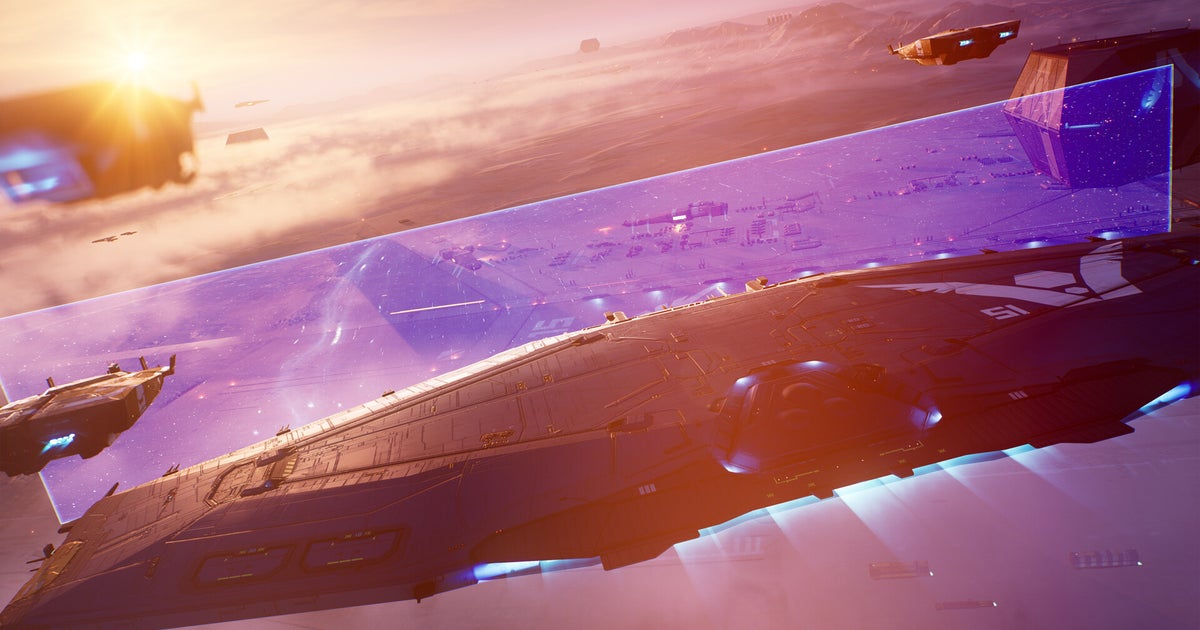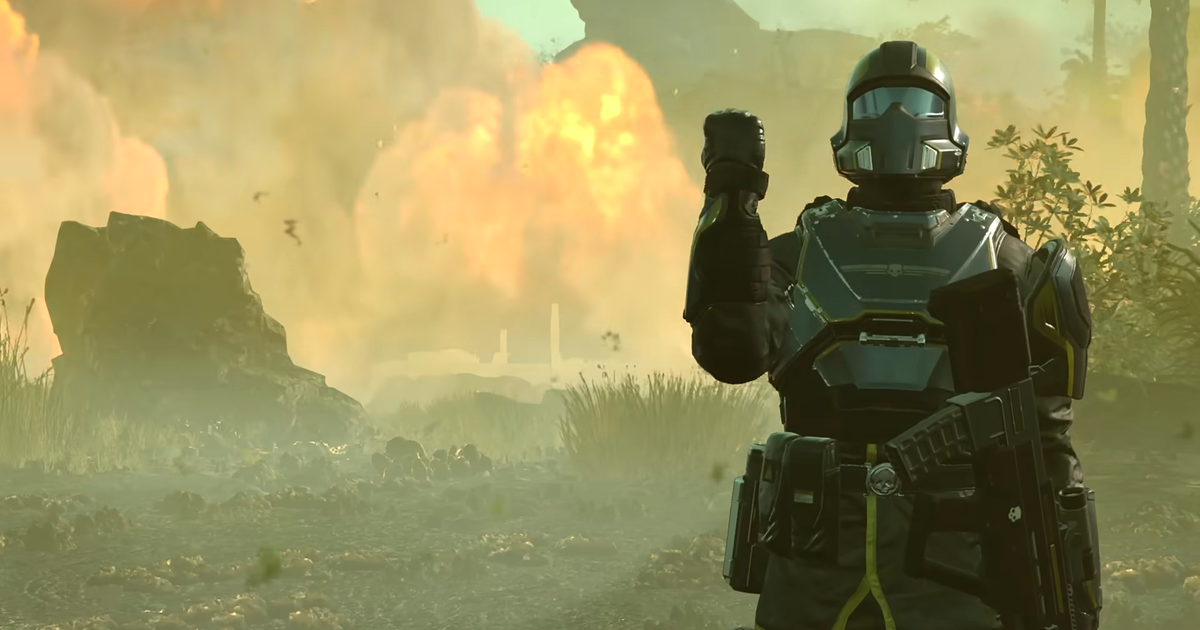When you ask your mom from the back seat if we can get Sid Meier’s Civilization, and she shoots you down by insisting, “We have Civilization at home,” Millennia is the Civilization at home. That may sound a bit harsh, and it’s not like there’s nothing positive to highlight about this history-spanning 4X contender. But it breaks down to a handful of good ideas that wobble under the weight of faltering fundamentals. Like At the Gates before it, Millennia focuses too much on the ways it wants to mix up the Civ formula without building the base of a strong Civ-like first.
Very similar to Civilization, Millennia is a turn-based empire-builder inspired by real history, and a bit of alternate history in this case. My biggest fundamental issue with it is what I’m going to call the tile economy. Every tile in the world can be claimed by your cities, after which you can build improvements on them to generate resources. That seems like pretty standard stuff, but I almost always found myself running out of room before I could even provide for the basic needs of a larger city. Many critical resources can only be produced by tile improvements, and most tile improvements can only generate exactly one type of resource. There’s no way to hybridize, and the buildings in the city itself are deliberately limited in a lot of ways.
This means that basically all of my cities ended up looking like Coruscant before the Renaissance. Every single available tile was filled up with some kind of infrastructure. It doesn’t look nice. It doesn’t look like a real city. It doesn’t mimic real-world development patterns. It’s just kind of a mess, and the graphics depicting those tiles can be pretty sloppy, too. Roads can run underneath buildings, there are places where two tiles meet and the highway is more pixelated on one side for some reason, and neighborhoods will even sprawl out into the middle of a river. The terrain itself looks alright, but it’s almost always covered up by crap after the first 200 turns.
There are some ways to ‘build tall’ that unlock later, like being able to process grain into flour, and eventually bread, to produce more food using less space. These production chains can get quite complex, especially when you factor in trade between cities, which added an extra layer of engagement I ended up enjoying. But it wasn’t enough to alleviate my frustrations with the tile economy. I found myself missing Civ 6’s districts, which were a nice compromise between having almost everything crammed into the capital and this unwieldy sprawl.
What makes it even worse is that you don’t unlock the ability to clear forests until the Information Age, roughly the 1970s. Excuse me, what? So if you spawn somewhere half surrounded by trees, which I did almost every time, I hope you like lumber camps, because that’s the only thing you’ll be able to build on this land for thousands of years. I don’t know if this game was designed by the Lorax or what. I’m a pretty green person in real life, but I’m also fairly sure we figured out how to clear land for farming before we had Wi-Fi. It doesn’t make sense historically or balance-wise.
I don’t want to harp on this one design failure for the whole review, but it gets even more frustrating as additional, confusing resources are added in later ages. Do you want to build oil wells? You need a specific type of tile improvement points called “Specialists” that represent educated people in your society. So building schools will probably get me those, right? Well, no. Education is a completely different thing, that represents one of the various Needs your cities will be obligated to fulfill as they grow larger and your society becomes more complex. It’s also a different resource from Knowledge, which represents your scientific progression. And Specialists, as it turns out, are almost exclusively by tile improvements called Brain Trusts.
We ran out of flat land a while ago and still haven’t invented Digital Forestry yet, so Sid only knows where we’re going to find room for those. This is so bizarre. I can be way ahead in tech and have the most educated city in the world, but not be producing any “Specialists” who know how to build an oil well. These three pools are completely unconnected. Why they each needed to be a different resource that is produced by its own exclusive line of buildings makes no sense to me on a logical level, and it’s not even fun from a gameplay perspective.
Weirdness aside, I do like the system of cities having various needs to fulfill in order to grow past certain thresholds. At first, it’s just food. Once you get big enough though, you’ll also have to worry about sanitation. Later on, cities end up needing education, electricity, and internet access. Some of them make more sense than others. I’m not sure why social media would improve population growth speed. (That should probably be the opposite, right?) But this is one of those handful of good ideas that help Millennia stand out at least a little bit.
Alternate ages are another cool idea, in theory. There is the standard progression from Bronze to Iron to Renaissance, then eventually space and beyond that we’re all familiar with. But you can unlock alternate ones with their own tech cards, like the Age of Heroes in which you’ll march your mythic founders around completing quests, or the Age of Conquest in which you can end the campaign early by achieving dominance through gunpowder. The problem is, I found that certain ones were very difficult to unlock or avoid if you didn’t really go out of your way to do so. I’ve never seen the Age of Blood happen, but the steampunkish Age of Aether seems almost inevitable. And you pretty much have to science rush if you want any say at all, as only the person who is furthest ahead in technology gets to decide which age comes next.
Warfare can be exciting and fun. The AI is actually competent at launching offensives. The battle animations look hilariously outdated, but this didn’t bother me that much. It’s kind of charming, honestly. What did occasionally bug me was not understanding how things like initiative work. There does seem to be some kind of turn order, but it’s never clear who goes first or how friendly and enemy units pick their targets. Some units will even get to attack twice in a row occasionally. And there’s no way to see a prediction of how a battle will go before you commit to attacking, other than the relative total strength of the stacks.
I also need to talk about performance, because in the late game it is downright atrocious. The turn limit is 500, and hitting the “End Turn” button for Turn 499 on a “Huge” size map took a whopping one minute and 40 seconds to resolve on my Ryzen 7 3700X (I timed it). This was with only six other nations aside from myself still alive. The first 30 seconds didn’t even seem to be the AI taking turns – it was just Millennia freezing completely, and giving me a Windows “stopped responding” warning if I tried to click anything or tab out. In cases where I needed to wait a few turns for a building to finish or something, it could be upwards of five minutes of sitting on my hands. The notification that the campaign was almost over came as a mercy.
I was also disappointed with the campaign set-up options. There are only 18 nations to choose from, and they each come with a single, small, somewhat generic suggested bonus that can be swapped for another at your leisure. You can’t control the campaign length at all, which made the early ages always feel like they flew by way too quickly, as someone who normally plays Civilization on Epic. But to be fair, I was glad I hadn’t been given the option of a longer run when I hit those late game end turn times. Also, the map generation options are very limited.
You can customize your nation throughout the ages with National Spirits that add things like the ability to build pyramids or hire samurai. And new flavor mechanics like social fabric and ideologies keep adding layers of interesting differentiation as you progress. But with no difference in architecture or base units and no talking leaders, the flavor between nations is overall very lacking. It might surprise you that these white guys in fantasy barbarian armor are supposed to be Zulu.



